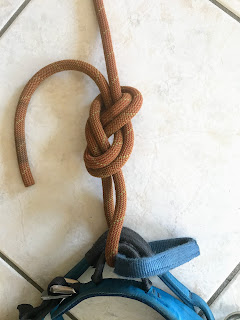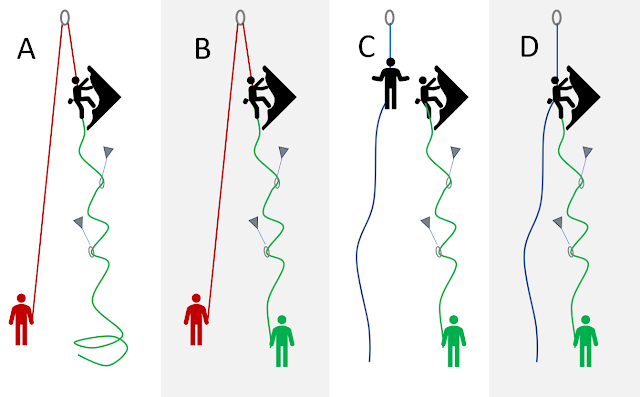Good knots, bad knots, and what not

Death Knot or a well-dressed flat overhand? Social media discussions on climbing knots, as well as other methods, tend to go berserk. We throw half-baked arguments at each other, disagree, and the guy with the biggest guide badge wins. I decided to break it down a bit, and figure out why we disagree. I ask myself, in very general terms, what constitutes a Good Knot? This is not a technical article, so don´t hope for any final verdicts on EDKs, Yosemite Bowlines, or Girth Hitch Masterpoints. Hopefully, you might gain some insight into why you use the knots you use, and maybe you will understand what knots you should teach. Hopefully, this will add to more constructive discussions in the future. What to use in your own climbing Let me start with a statement: A good knot for you is one that is technically adequate and fully mastered by your team. "Technically adequate" means that correctly tied, and dressed, and applied in the right context, the knot does its job. This mean





